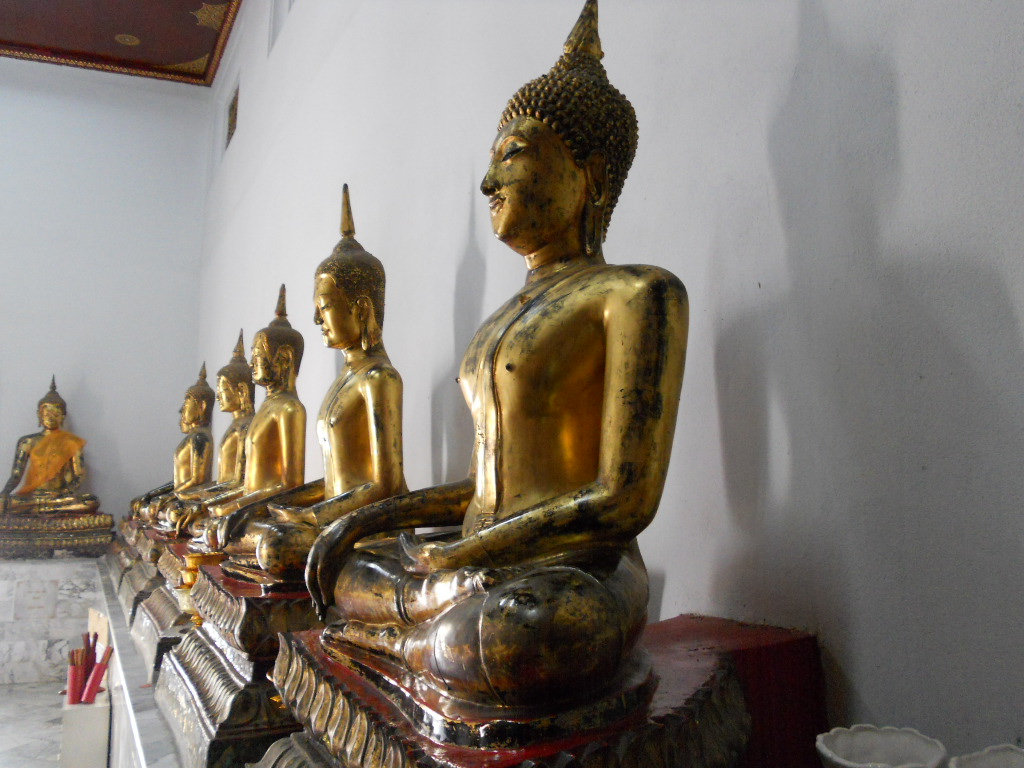If clients are grounded. present and connected, they get optimum results in EMDR therapy for anxiety. They feel better. Anxiety and PTSD symptoms get better when I do EMDR with them. So, I check in during EMDR processing and I ask, “How grounded are you?” Continue reading “EMDR Therapy for Anxiety: Grounded, Present, Connected”
Be kind and compassionate with yourself
My advice is to be kind and compassionate with yourself, closely followed by advice to ground yourself and be mindful. Your mind and feelings will scare you less, the more you practice being present in the now. Being kind and compassionate with yourself, grounding yourself and being mindful can help you deal with overthinking, crying at work, feeling overwhelmed and the trauma of the times we’re living through. These things can help you feel better now and support your future wellbeing. (Techniques below.) Continue reading “Be kind and compassionate with yourself”
Coping skills for COVID-19: Thought Stopping
If coping skills for COVID-19, like thought stopping, aren’t working for you, it’s not you. Coping skills are all well and good, but this pandemic is a not just a stressor, it’s a global trauma; many people are experiencing intense symptoms as a result. Coping skills for COVID-19 may not be enough. Continue reading “Coping skills for COVID-19: Thought Stopping”
Mood, Motivation and COVID-19
Mood and motivation often take a nose dive because of COVID-19 and all the problems of the pandemic. Shut downs, quarantine, loneliness, isolation, flashbacks, trauma triggers, bad memories, painful thoughts of the past… I wanted to offer several suggestions and a couple of psychology concepts that might help. That’s me, I love talking about psychology. I’m eager to help. Continue reading “Mood, Motivation and COVID-19”
Finding Meaning in Life and Purpose
Finding meaning in life leads us to deeper sense of purpose. Meaning and purpose lead us to feel that we have a reason to live and life is worth living. Unfortunately, our current circumstances prevent us from engaging in so many of the activities we enjoy and find meaningful. I wanted to bring something new to the table, and I thought Viktor Frankl’s ideas might offer us a new way of looking at our experience. Frankl’s book, Man’s Search for Meaning, talks about our inherent drive to find life meaningful. Continue reading “Finding Meaning in Life and Purpose”
Is Now A Good Time To Start Therapy?
Yes, now Is a good time to start therapy, in case you were wondering. While you’re staying home, sheltering in place, quarantined, staying safe from COVID-19 coronavirus you have more time available. Negative thoughts seem to pop up more. As a result of the lack of variety, lack of social events, and boredom, it’s hard to distract from those negative thoughts. Therefore, as a therapist, I recommend dealing with them. I recommend that you start therapy now. Continue reading “Is Now A Good Time To Start Therapy?”
Coronavirus and Therapy: Stress, anxiety, flashbacks
THERAPY REALLY WORKS
In recent weeks of the coronavirus pandemic I’ve had clients say, therapy really works, I feel like I can handle this now. I am free, I feel so much lighter, I feel like I dropped baggage I’ve been carrying for years, I’ve learned to keep myself safe. Continue reading “Coronavirus and Therapy: Stress, anxiety, flashbacks”
Mindfulness Challenge
Mindfulness is good for your mood, good for helping you to think more clearly, helps connect to and accept your feelings, and it’s good for your health. I’m sure there’s more to it. Advanced forms of mindfulness tend to be spiritual and … in my words… feed your soul.
This is a first-step challenge. It’s super simple, but the more you practice it, the more you realize it does. Continue reading “Mindfulness Challenge”
Coping skills to the rescue: Compartmentalizing decreases stress, anxiety, trauma
Continue reading “Coping skills to the rescue: Compartmentalizing decreases stress, anxiety, trauma”
12 “Happiness Activities” and 10 “LifeSkills”
Continue reading “12 “Happiness Activities” and 10 “LifeSkills””
Stress Management, Stress Relief and the Happiness Connection
My research got me really excited about the connection between stress management and happiness.
As you may have noticed, I am a bit of a nerd about evidence-based anything and especially stress management, high blood pressure, executive burnout, professional distress; holidays stress, and suicide prevention. Check out the exercises detailed below and build your own evidence-based stress relief program. Continue reading “Stress Management, Stress Relief and the Happiness Connection”
